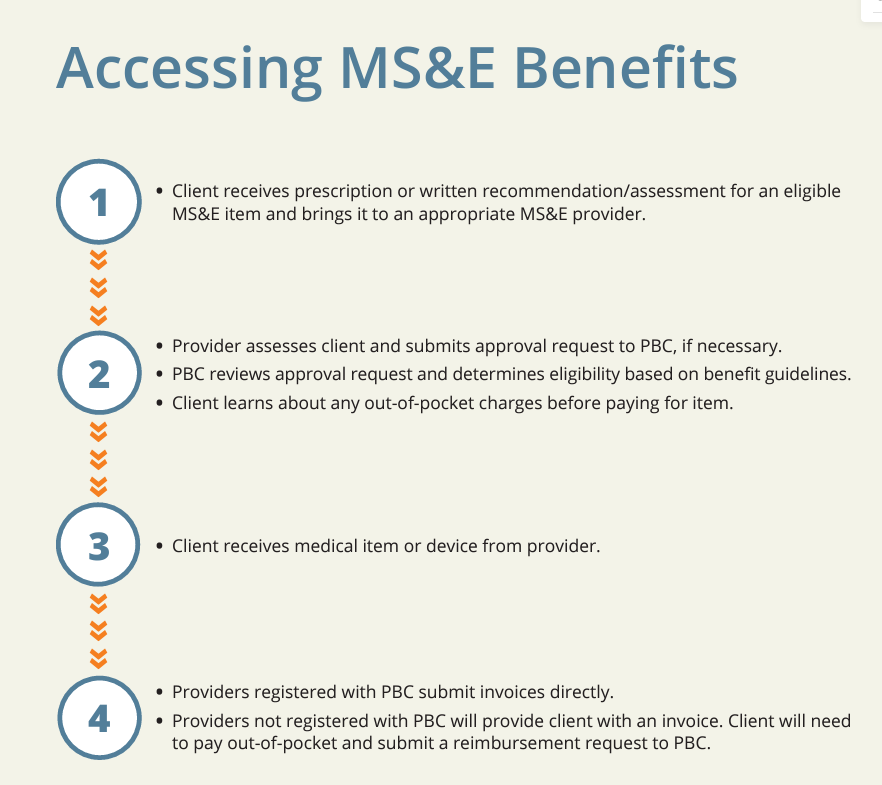May is Speech & Hearing Month in Canada. This annual public health event is intended to raise awareness about hearing and speech problems, and to encourage all of us to think about whether we might have issues with our hearing and should get our hearing checked.
Early identification of hearing loss is important; many people live with unidentified hearing loss, not realizing how much they are missing. One in six people in Canada has a speech or hearing disorder. Not addressing the problem can lead to miscommunications and frustration, among other issues. If you already have hearing loss or are experiencing pain or ringing in your ears, it's also important to take steps to keep it from getting worse.
Most of us are born with about 16,000 hair cells within our inner ear that allow our brains to detect sounds. By the time we notice hearing loss, many hair cells have already been damaged or destroyed. We can lose 30% to 50% of hair cells before changes in our hearing can be measured by a hearing test – and damaged inner ear cells do not grow back.
Protect Your Hearing
- To prevent hearing loss, keep the volume below 60% when listening to personal audio devices and do not use headphones for a long period of time. According to the World Health Organization's Report on Hearing, noise is an important public health issue and top environmental risk faced by the world today. Over 50% of people aged 12–35 years listen to music via personal audio devices at volumes that pose a risk to their hearing. Listening through personal audio devices should not exceed 80 dB (adults) or 75 dB (sensitive users, e.g., children) for 40 hours a week. Listeners who regularly use portable audio devices can expose themselves to the same level of sound in 15 minutes of music at 100 dB that an industrial worker would receive in an eight-hour day at 85 dB!
- Consider wearing earplugs or noise-cancelling ear muffs when at loud concerts, nightclubs, sporting events, or even fitness classes. (If you need to shout to make yourself heard, then the noise is too loud.)
Use Your First Nations Health Authority (FNHA) Health Benefits
First Nations clients have audiology benefits under the Health Benefits plan. Generally, we ask individuals to work with their health care provider to recommend the right products for their needs, and the provider will navigate submitting pre-determinations if needed. Clients can also view their benefits and coverages through the Pacific Blue Cross App.
The FNHA's Health Benefits Coverage includes:
- Hearing assessments
- Hearing aids and molds
- Hearing aid adjustments, returns and repairs
- Hearing aid accessories and supplies
- Bone-anchored hearing system processors
- Cochlear-implant speech processors
- FM Systems
Hearing aids/systems and speech aids fall under the Medical Supplies and Equipment (MS&E) benefit. These supplies are an important part of supporting both short- and long-term health and wellness. The FNHA Health Benefits program partnered with Pacific Blue Cross to offer a comprehensive medical supplies and equipment plan to First Nations in BC. Here is the process for client access to these benefits:

Hearing assessments:
- Coverage of $76.20 for one assessment every five years.
- Coverage of $48.90 for one re-assessment every two years.
- Speech aids.
- Coverage for prosthetic voice products.

